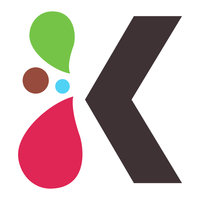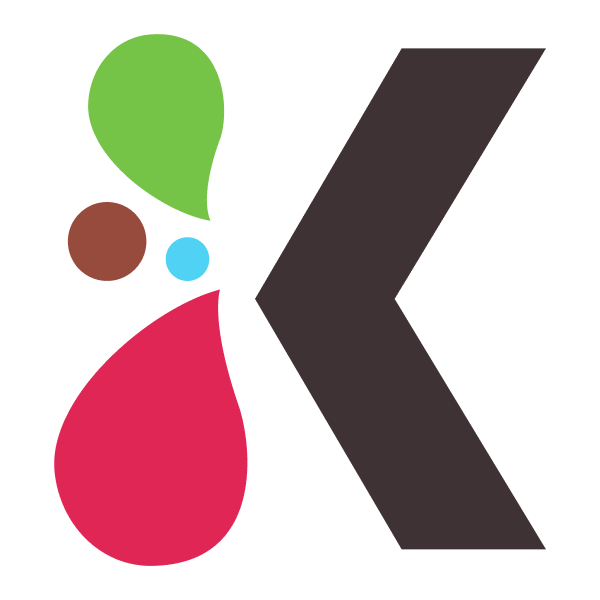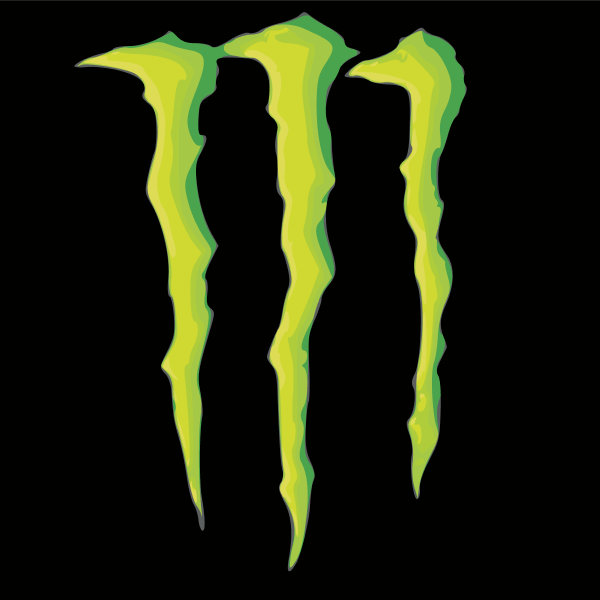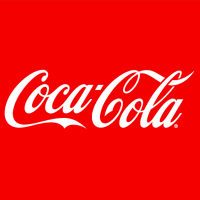
Keurig Dr Pepper Inc
NASDAQ:KDP


Utilize notes to systematically review your investment decisions. By reflecting on past outcomes, you can discern effective strategies and identify those that underperformed. This continuous feedback loop enables you to adapt and refine your approach, optimizing for future success.
Each note serves as a learning point, offering insights into your decision-making processes. Over time, you'll accumulate a personalized database of knowledge, enhancing your ability to make informed decisions quickly and effectively.
With a comprehensive record of your investment history at your fingertips, you can compare current opportunities against past experiences. This not only bolsters your confidence but also ensures that each decision is grounded in a well-documented rationale.
Do you really want to delete this note?
This action cannot be undone.

| 52 Week Range |
28.88
37.7771
|
| Price Target |
|
We'll email you a reminder when the closing price reaches USD.
Choose the stock you wish to monitor with a price alert.
This alert will be permanently deleted.
 Keurig Dr Pepper Inc
Keurig Dr Pepper Inc
 Keurig Dr Pepper Inc
Long-Term Debt
Keurig Dr Pepper Inc
Long-Term Debt
Keurig Dr Pepper Inc
Long-Term Debt Peer Comparison
Competitors Analysis
Latest Figures & CAGR of Competitors

| Company | Long-Term Debt | CAGR 3Y | CAGR 5Y | CAGR 10Y | ||
|---|---|---|---|---|---|---|

|
Keurig Dr Pepper Inc
NASDAQ:KDP
|
Long-Term Debt
$13.1B
|
CAGR 3-Years
2%
|
CAGR 5-Years
-1%
|
CAGR 10-Years
18%
|
|

|
Coca-Cola Co
NYSE:KO
|
Long-Term Debt
$43B
|
CAGR 3-Years
3%
|
CAGR 5-Years
7%
|
CAGR 10-Years
8%
|
|

|
Celsius Holdings Inc
NASDAQ:CELH
|
Long-Term Debt
$189k
|
CAGR 3-Years
29%
|
CAGR 5-Years
N/A
|
CAGR 10-Years
-33%
|
|

|
Monster Beverage Corp
NASDAQ:MNST
|
Long-Term Debt
$748.9m
|
CAGR 3-Years
N/A
|
CAGR 5-Years
N/A
|
CAGR 10-Years
N/A
|
|

|
PepsiCo Inc
NASDAQ:PEP
|
Long-Term Debt
$38.5B
|
CAGR 3-Years
1%
|
CAGR 5-Years
5%
|
CAGR 10-Years
5%
|
|

|
Coca-Cola Consolidated Inc
NASDAQ:COKE
|
Long-Term Debt
$1.8B
|
CAGR 3-Years
28%
|
CAGR 5-Years
11%
|
CAGR 10-Years
14%
|
|
Keurig Dr Pepper Inc
Glance View
Keurig Dr Pepper Inc. emerged as a formidable player in the beverage industry through a series of strategic mergers and innovative product offerings. Formed from the 2018 merger between Keurig Green Mountain and Dr Pepper Snapple Group, the company has transformed into a diversified beverage powerhouse, providing a wide array of products that appeal to a broad consumer base. Their portfolio includes not only iconic brands like Dr Pepper, Snapple, and 7UP but also a robust selection of coffee and tea products, such as the popular Keurig single-serve brewing systems. This blend of beverage categories allows Keurig Dr Pepper to capture a significant share of the market, appealing to changing consumer preferences while capitalizing on the growth potential of the rapidly expanding coffee segment. Investors looking to understand Keurig Dr Pepper should note its commitment to innovation and strategic growth, which are central to its business model. The company seeks to expand its presence in both traditional retail and e-commerce channels, ensuring its products remain accessible to a diverse audience. Additionally, Keurig Dr Pepper has focused on sustainability initiatives, responding to consumer demand for environmentally friendly practices — a move that not only enhances brand loyalty but can also boost long-term profitability. With a resilient portfolio, strategic growth plans, and a forward-thinking approach, Keurig Dr Pepper Inc. exemplifies a dynamic investment opportunity within the beverage sector that is poised to navigate the challenges of changing consumer habits and market dynamics.

See Also
What is Keurig Dr Pepper Inc's Long-Term Debt?
Long-Term Debt
13.1B
USD
Based on the financial report for Sep 30, 2024, Keurig Dr Pepper Inc's Long-Term Debt amounts to 13.1B USD.
What is Keurig Dr Pepper Inc's Long-Term Debt growth rate?
Long-Term Debt CAGR 10Y
18%
Over the last year, the Long-Term Debt growth was 24%. The average annual Long-Term Debt growth rates for Keurig Dr Pepper Inc have been 2% over the past three years , -1% over the past five years , and 18% over the past ten years .


 You don't have any saved screeners yet
You don't have any saved screeners yet
